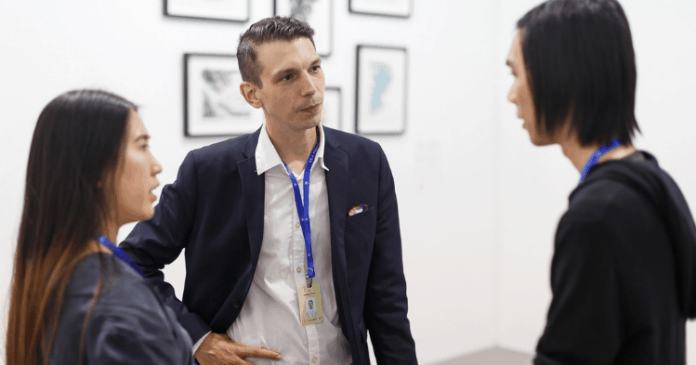It takes a lot to keep an industry or organisation going, with an army of people working behind the scenes who help turn the wheels. More often than not, they’re almost invisible to many of us.
Yet, their existence is key to making things a reality.
In the arts, they are managers, administrators, production crews and so much more. But what do they actually do? And how did they end up in the professions they’re in?
In this series, Working In The Shadows, we peel back the curtains and put a spotlight on the people who play these unseen but important roles in the arts.
Today we speak with Bradley Foisset, the Business Development Manager at Chan+Hori Contemporary.
Beginnings
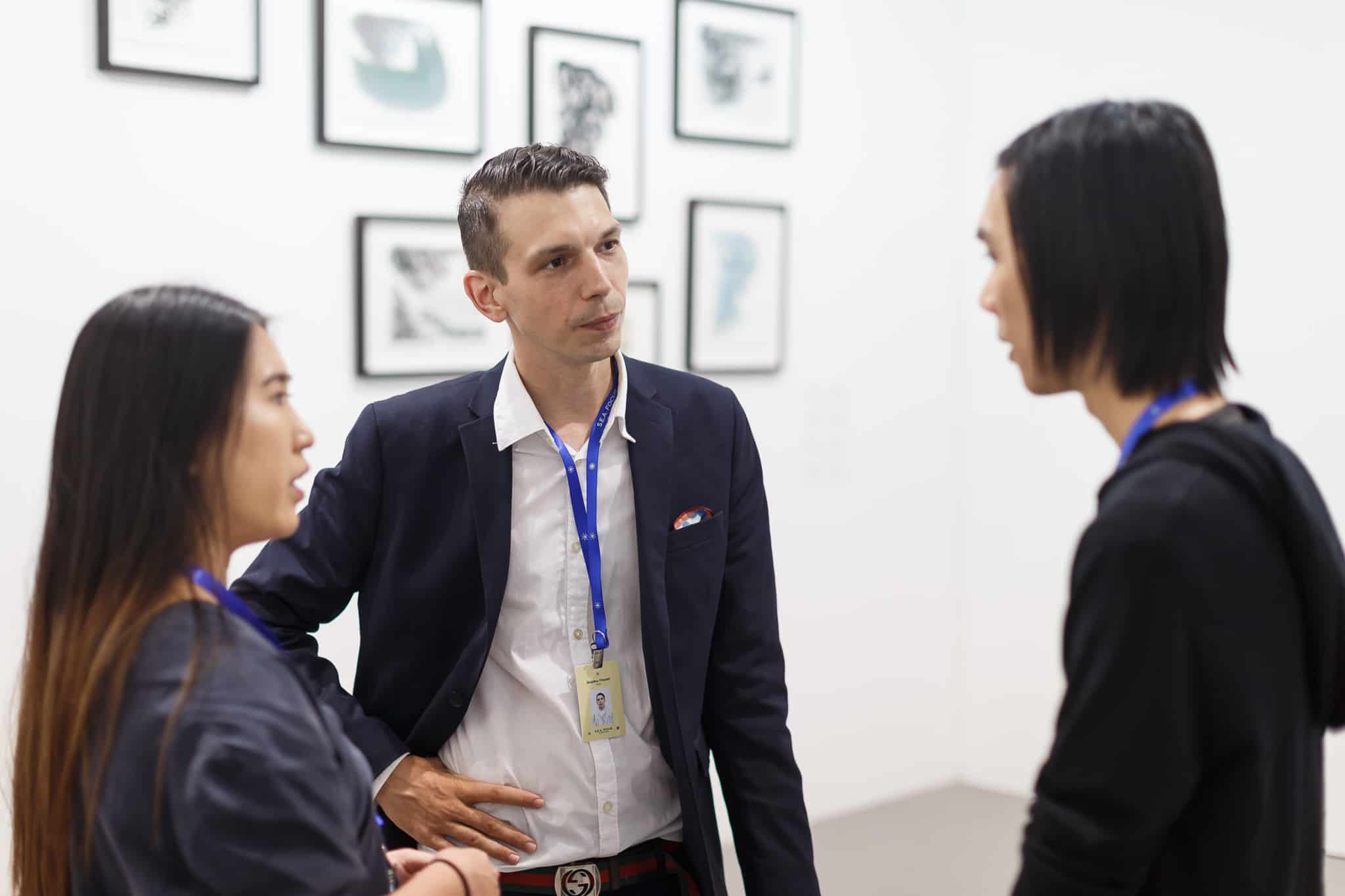
Bradley has long been a part of the art world. An artist and graduate of LASALLE College of the Arts, he’s worked in art education and participated in various exhibitions.
As a student, he also spent much of his time at Chan + Hori Contemporary engaging in its art programme.
Bradly was interested in exploring how artists like himself would have to balance their creative endeavours with the practicalities of surviving as a full time artist.
“As part survival mechanism, a certain curiosity took over me – how to fuse and blend art with commerce and at the same time contribute to the community in a meaningful way,” he explains.
It seemed only natural that when the opportunity arose to join Chan + Hori Contemporary, he took it.
As he puts it: “Both privilege and duty, I see working closely with the artists as the factor that guided my decision. Much like the shared communal working space for art production, the gallery keeps that spirit alive in a beautiful experimental approach.”
What Does He Do?
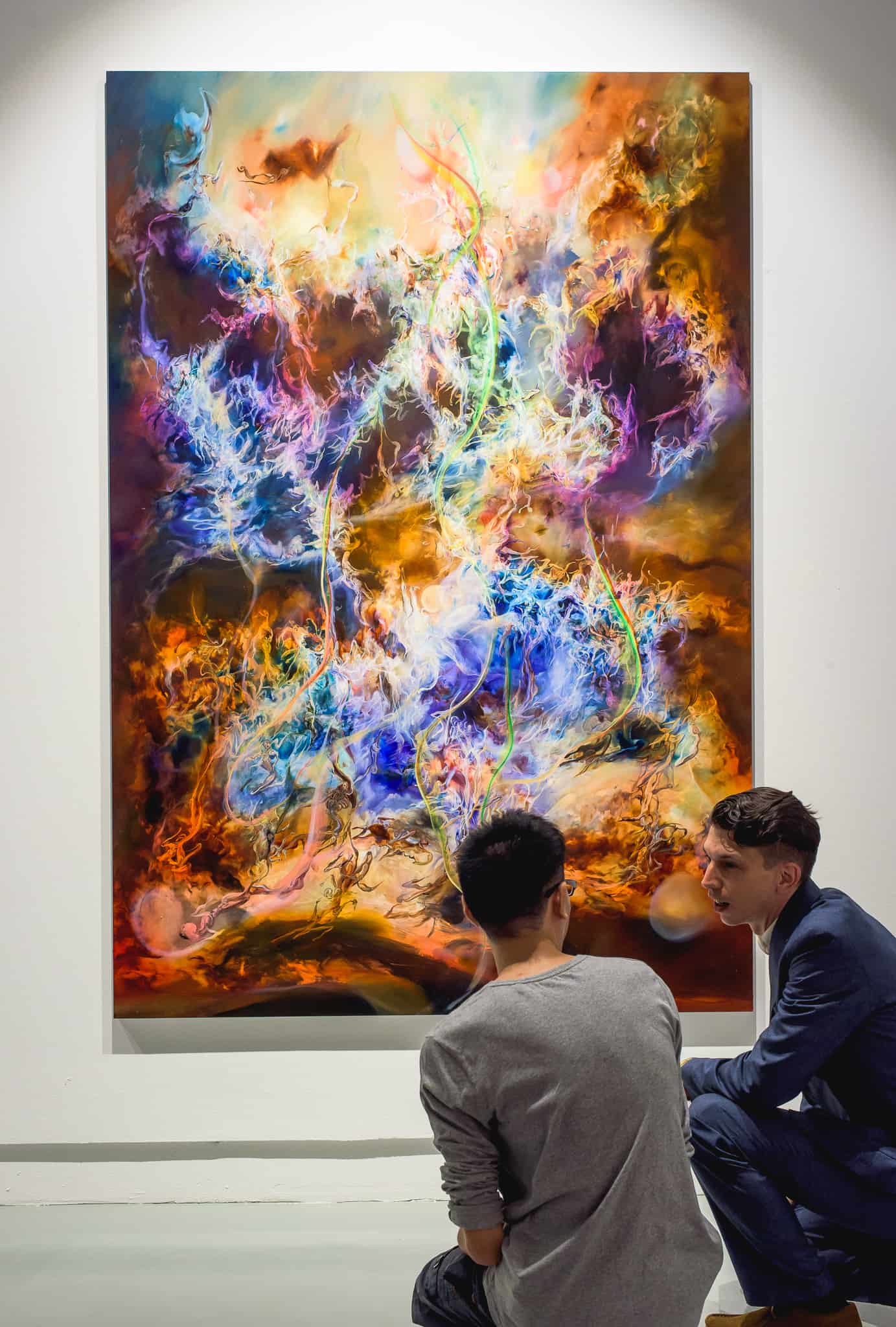
Two years on, Bradley continues to thrive in Chan + Hori Contemporary. As the business development manager, his work involves promoting the gallery and the artists it represents on the international stage.
He’s also involved in assisting the gallery director and curators to conceptualise exhibitions and campaigns, maintaining the gallery’s online presence and ensuring smooth daily operations.
A typical day for him begins at 11am with tracking of sales, responding to enquiries, and checking the inventory. With galleries being open to the public, he’s also tasked with speaking with visitors and collectors and fostering those ties – a task he’s more than happy to engage in.
“I am eager to meet visitors and collectors who in their diversity and conversation contribute to the gallery/artist value multiplying mechanisms.”
It’s a role that comes with its own set of difficulties. Keeping a commercial gallery a viable entity means always having to adapt and work through obstacles with the limited resources that it has.
In today’s context, that includes keeping up with a progressively digital world that has seen a significant change in the way art is consumed and enjoyed.
“Increasingly, art is consumed on Instagram and online platforms without the visceral, emotional connection. I believe it’s imperative to supply a place where visitors are able to have a primary art experience and experience the art ‘analog’ as the artist and curator intended,” he explains.
A Cohesive Environment
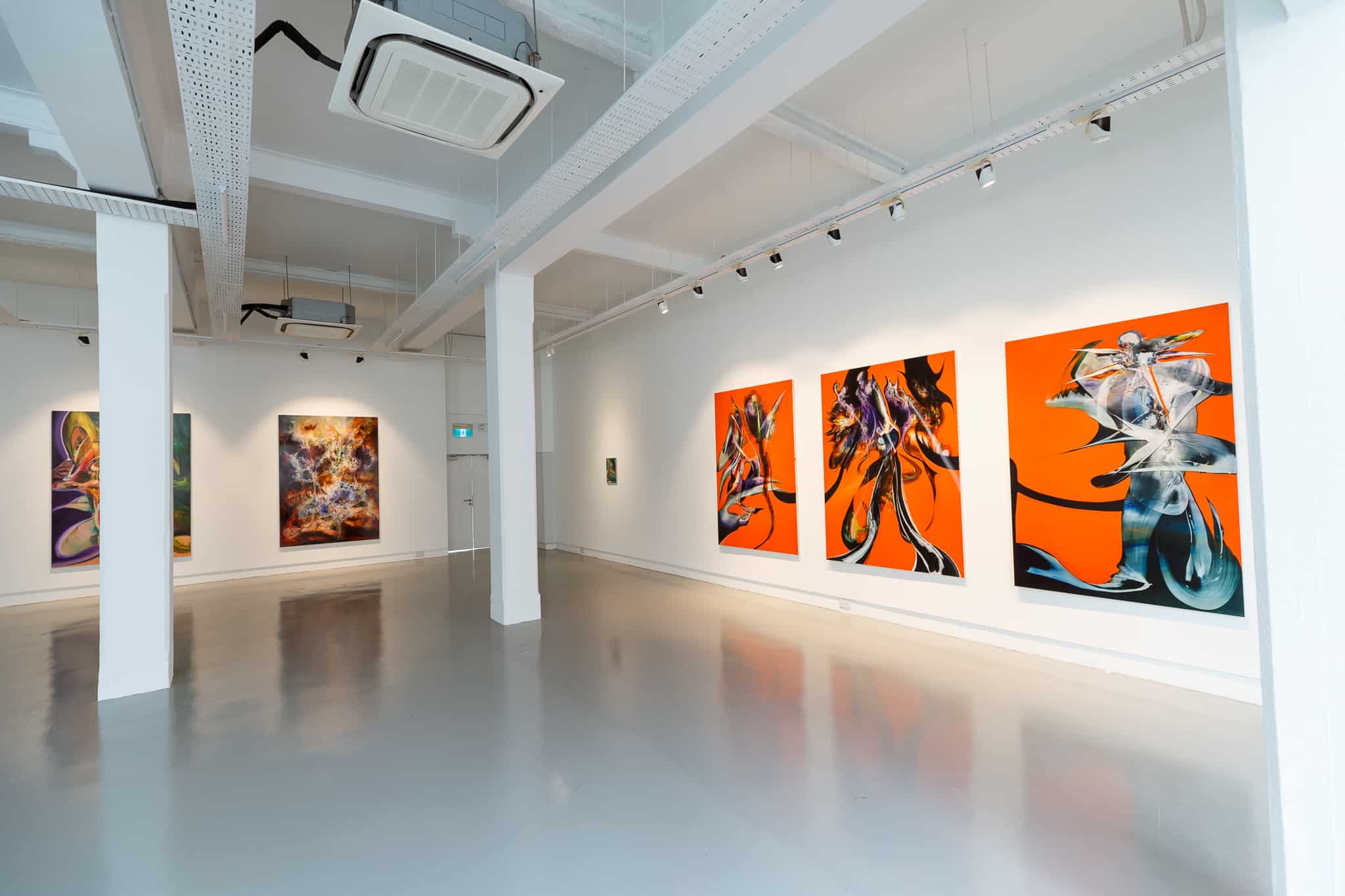
Despite this, there are also perks that have kept him in the profession. A major highlight? The collaborative, community efforts of the people he regularly works with.
“There are junctures where I take time to look around me and I see my colleagues, the artists and collectors all in this together and I appreciate the care and love put into those efforts,” he says.
While having to balance the expectations of many different stakeholders may be tricky at times, he takes it in his stride.
“Think of an art gallery like an agency or firm. To deliver professional presentations of the artwork, continually outdoing ourselves with a specialised excellence is the expectation from both sides. The relationship is similar to a tribe, shared values, performance and purpose.”
Ultimately, his long term goals are to continue to build long-term personal relationships with artists and clients and help to support and grow the arts community in Singapore.
Preconceived Notions About the Arts in Singapore
As with many other career choices, working in the arts comes with its share of stereotypes, misunderstanding and concern. A large concern in Singapore is that choosing a career in the arts would not be a viable career path.
While Bradley understands this, he also believes that “one must achieve a high level of excellence through sacrifice to succeed. This, coupled with luck makes this a high-risk pursuit”.
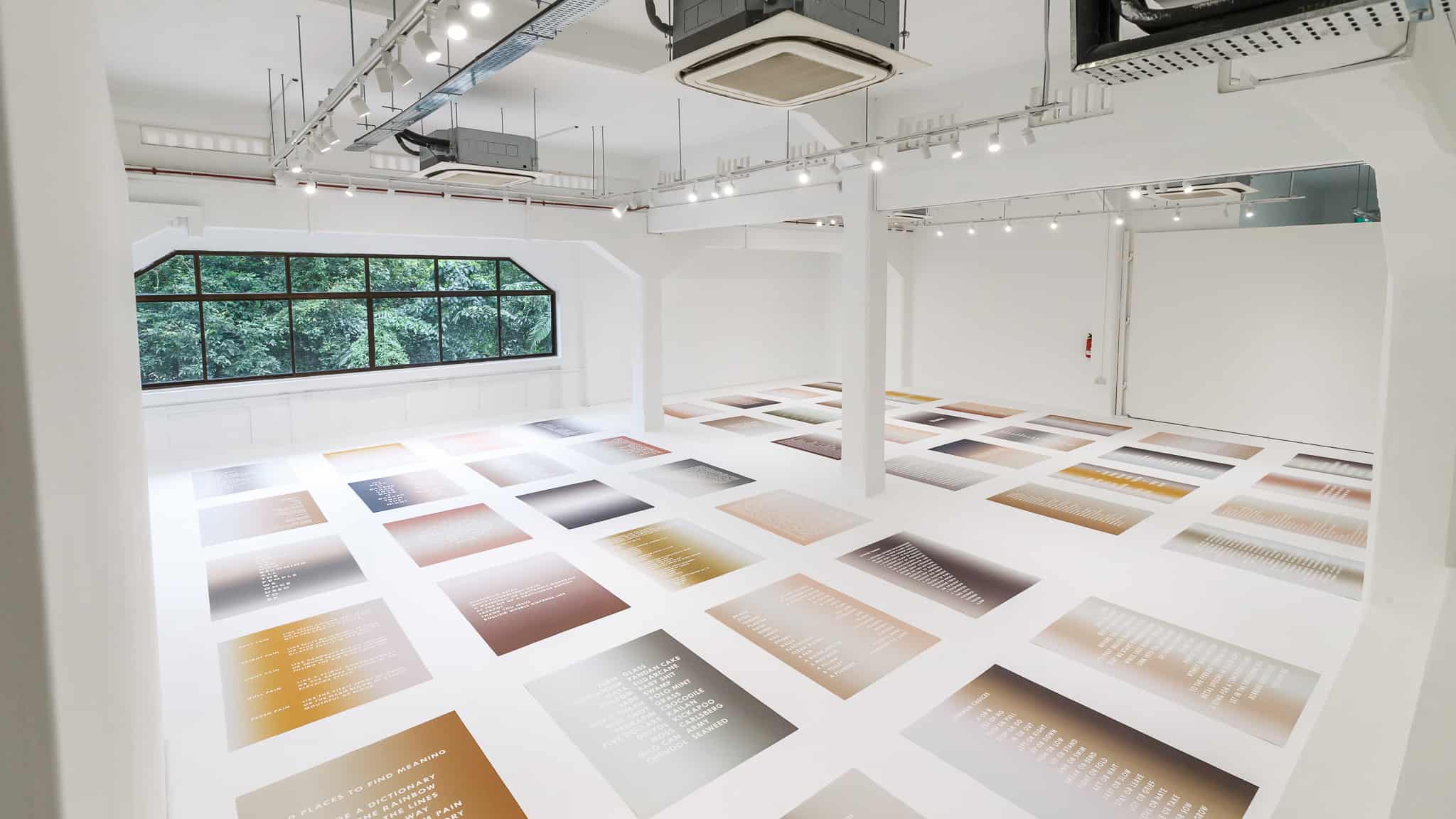
What about the idea that art is only for the affluent?
He has this to say: “Art and money have always made good bedfellows. I suppose sometimes this question insinuates that the price tag of the artwork is only for the affluent to access.”
Bradley shares how he didn’t have enough money for unique pieces initially, but with careful decisions can now save up for 2 quality pieces a year.
When asked what he thinks people should know about working in the arts, he says that “to be useful you must physically throw your energy and whole being into a constantly evolving ecosystem. You must have a genuine passion for art and visual culture. This level of commitment can only sustain itself if you value enjoyment over pride.”
If you are interested in working in the arts, especially the visual arts, Bradley has this bit of advice for you. “Find the money to do what you want without compromising, help each other and balance pride with humility.”
Click here to find out more about Chan + Hori Contemporary.







